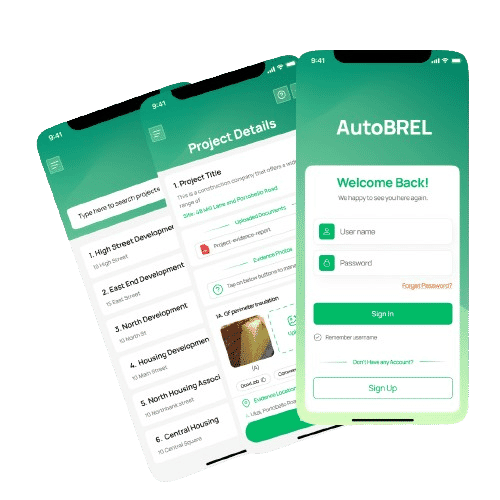
How to get your BREEAM assessment off to the best start
Regulatory Updates
How to get your BREEAM assessment off to the best start
Our Top Tips to help you get your BREEAM project off to the best start…
1. Involve a BREEAM Assessor as early as possible
Getting an assessor involved from pre-planning stage will make the whole assessment much simpler to achieve, and credits more cost-effective to achieve.
2. Conduct an early ecology assessment
This is an important stage to ensure you do not unnecessarily lose credits.
3. Start SBEM or SAP calculations early
Predicting carbon emissions early on can save you money. SBEM (or SAP for domestic refurbishments) can also contribute to a large number of credits and early calculations determine whether you have a shortfall of credits to be made up elsewhere.
4. Vital drainage assessment before starting on site
Surface water, flood risk assessment and compliant drainage plan should be in place before starting work on site.
5. Engage the whole design team
Whether architect, engineer or landscape architect, all members of the design team are likely to be able to achieve credits from design.
6. Clearly identify evidence
When sending evidence, indicate what it is and which credit it supports (we can guide you), for example, Trumpton Fire Station: Man 01 – sustainable procurement.
7. Don’t let the credits slip past you
There are credits to be found throughout. If you are having difficulty with any credits, there are a host of workable solutions that we can help you with – as well as some mandatory ones to secure early on.
8. Know how design changes impact on BREEAM
Let’s face it, designs do change. Simply inform your BREEAM Assessor before the changes are made permanent so we can advise if it adversely affects your credits.
9. Stay on top of changing requirements
Make sure you know how any changes impact your assessment, as some assessments require longer-term monitoring. Your Assessor will be aware of all the latest enhancements.
10. Identify minimum standards
Recognise where your least-effort credits lie. A BREEAM assessment spreadsheet is a great tool for this, rather than wading through the Manual.





